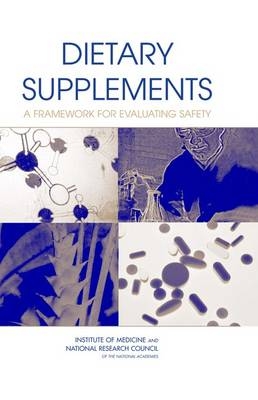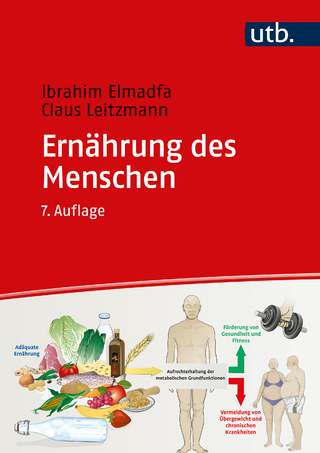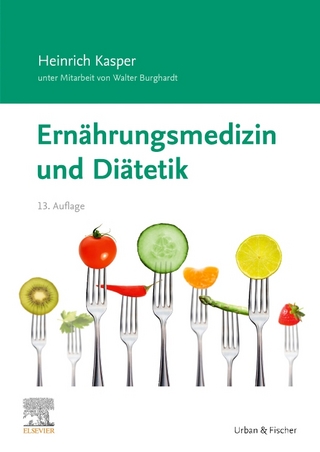
Dietary Supplements
National Academies Press (Verlag)
978-0-309-09110-7 (ISBN)
- Keine Verlagsinformationen verfügbar
- Artikel merken
The growing consumer interest in health and fitness has expanded the market for a wide range of products, from yoga mats to the multiple dietary supplements now on the market. Supplements are popular, but are they safe? Many dietary supplements are probably safe when used as recommended. However, since 1994 when Congress decided that they should be regulated as if they were foods, they are assumed to be safe unless the Food and Drug Administration can demonstrate that they pose a significant risk to the consumer. But there are many types of products that qualify as dietary supplements, and the distinctions can become muddled and vague. Manufacturers are not legally required to provide specific information about safety before marketing their products. And the sales of supplements have been steadily increasing?all together, the various types now bring in almost $16 billion per year. Given these confounding factors, what kind of information can the Food and Drug Administration use to effectively regulate dietary supplements? This book provides a framework for evaluating dietary supplement safety and protecting the health of consumers.
Table of Contents
Front Matter
Executive Summary
1 Introduction and Background
2 Approaches Used by Others and Existing Safety Frameworks
3 The Framework
4 Categories of Scientific Evidence--Human Information and Data
5 Categories of Scientific Evidence--Animal Data
6 Categories of Scientific Evidence--Information About Related
Substances
7 Categories of Scientific Evidence--In Vitro Data
8 Interactions
9 Vulnerable Groups and Prevalance of Use
10 Scientific Principles for Integrating and Evaluating the
Available Data
11 Applying the Framework: Case Studies Using the Prototype Safety
Monographs
12 Factors Influencing Use of the Safety Framework
13 Findings and Recommendations
Appendix A: Existing Frameworks or Systems for Evaluating the
Safety of Other Substances
Appendix B: Scope of Work and Comments to Initial July 2002
Framework
Appendix C: Plant Family Information
Appendix D: Chaparral: Prototype Monograph Summary
Appendix E: Glucosamine: Prototype Monograph Summary
Appendix F: Melatonin: Prototype Monograph Summary
Appendix G: Chromium Picolinate: Prototype Monograph Summary
Appendix H: Saw Palmetto: Prototype Monograph Summary
Appendix I: Shark Cartilage: Prototype Monograph Summary
Appendix J: Prototype Focused Monograph: Review of Liver-Related
Risks for Chaparral
Appendix K: Protoype Focused Monograph: Review of Anti-Androgenic
Risks of Saw Palmetto Ingestion by Women
Appendix L: Acknowledgements
Appendix M: Biographical Sketches of Commitee Members
Index
Committe on the Framework for Evaluating the Safety of the Dietary Supplements, National Research Council
1 Front Matter; 2 Executive Summary; 3 1 Introduction and Background; 4 2 Approaches Used by Others and Existing Safety Frameworks; 5 3 The Framework; 6 4 Categories of Scientific Evidence--Human Information and Data; 7 5 Categories of Scientific Evidence--Animal Data; 8 6 Categories of Scientific Evidence--Information About Related Substances; 9 7 Categories of Scientific Evidence--In Vitro Data; 10 8 Interactions; 11 9 Vulnerable Groups and Prevalance of Use; 12 10 Scientific Principles for Integrating and Evaluating the Available Data; 13 11 Applying the Framework: Case Studies Using the Prototype Safety Monographs; 14 12 Factors Influencing Use of the Safety Framework; 15 13 Findings and Recommendations; 16 Appendix A: Existing Frameworks or Systems for Evaluating the Safety of Other Substances; 17 Appendix B: Scope of Work and Comments to Initial July 2002 Framework; 18 Appendix C: Plant Family Information; 19 Appendix D: Chaparral: Prototype Monograph Summary; 20 Appendix E: Glucosamine: Prototype Monograph Summary; 21 Appendix F: Melatonin: Prototype Monograph Summary; 22 Appendix G: Chromium Picolinate: Prototype Monograph Summary; 23 Appendix H: Saw Palmetto: Prototype Monograph Summary; 24 Appendix I: Shark Cartilage: Prototype Monograph Summary; 25 Appendix J: Prototype Focused Monograph: Review of Liver-Related Risks for Chaparral; 26 Appendix K: Protoype Focused Monograph: Review of Anti-Androgenic Risks of Saw Palmetto Ingestion by Women; 27 Appendix L: Acknowledgements; 28 Appendix M: Biographical Sketches of Commitee Members; 29 Index
| Erscheint lt. Verlag | 3.1.2005 |
|---|---|
| Verlagsort | Washington |
| Sprache | englisch |
| Maße | 152 x 229 mm |
| Themenwelt | Medizin / Pharmazie ► Gesundheitsfachberufe ► Diätassistenz / Ernährungsberatung |
| ISBN-10 | 0-309-09110-1 / 0309091101 |
| ISBN-13 | 978-0-309-09110-7 / 9780309091107 |
| Zustand | Neuware |
| Haben Sie eine Frage zum Produkt? |
aus dem Bereich


